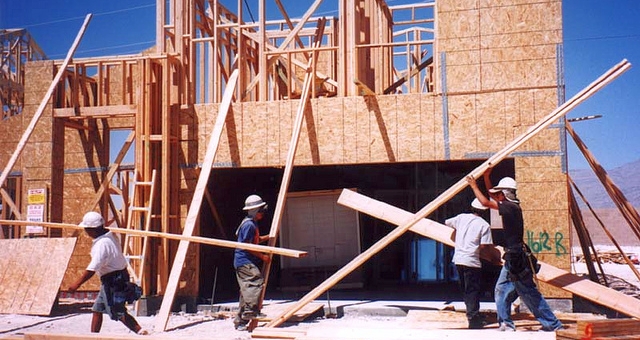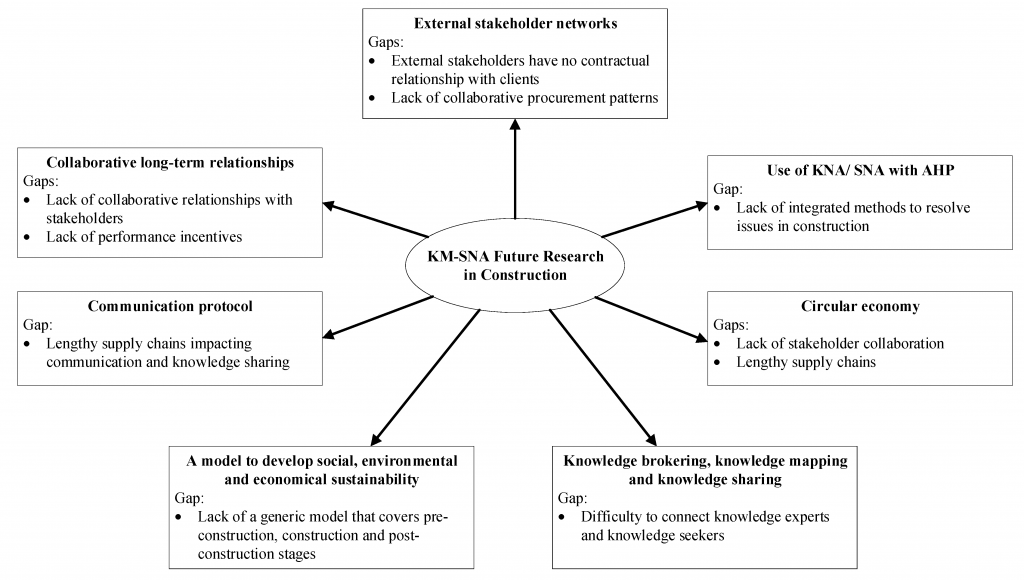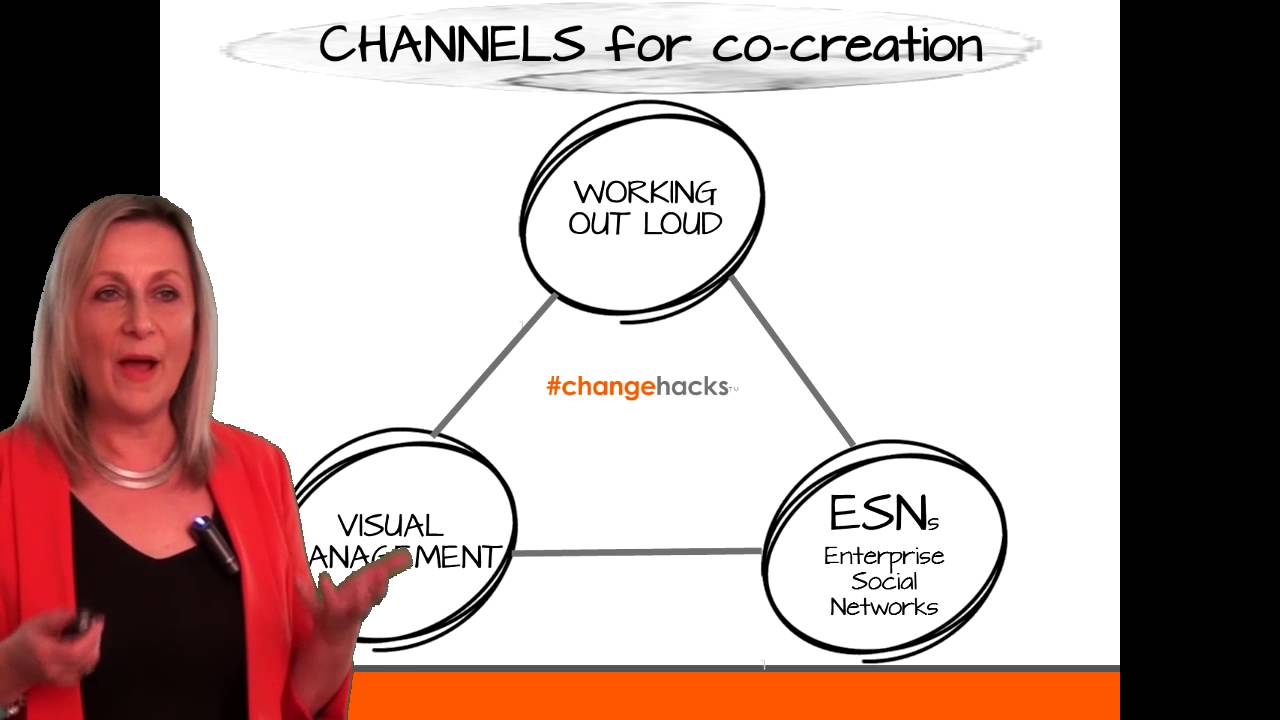
Approaches to improving knowledge management in construction from social network analysis (SNA) research
This article is part of an ongoing series looking at knowledge management (KM) in the building and construction industries.
New research1 from Western Sydney University looks at current trends and future research directions related to the use of social network analysis (SNA) for knowledge management (KM) in the construction industry.
Social network analysis (SNA) is a tool for rigorously analysing the relationships between actors in a network.
A systematic review and thematic analysis were used to critically review existing studies. The study findings include the identification of various SNA-related concepts and methodologies that can be used by practitioners to improve KM in the construction industry, under the themes below. Knowledge gaps and future research directions were also identified.
1. Knowledge brokering theme
Knowledge brokering is an emerging concept in KM research using SNA. A knowledge broker is an intermediary (organisation or person) that links knowledge or knowledge sources to others within a network.
The K-Broker2 knowledge brokering system facilitates tacit knowledge transfer between knowledge seekers and knowledge experts based on SNA.
The Knowledge Network Analysis (KNA)3 technique facilitates the identification of knowledge sharing barriers in knowledge networks. KNA is an extension to generic SNA to incorporate properties such as knowledge velocity (speed of movement of knowledge) and viscosity (richness of the knowledge transferred).
KNA was later developed into the Knowledge Sharing Environmental Model (KSEM)4.
Knowledge brokering is further highlighted in the Bosua–Scheepers Model (BSM)5, a knowledge sharing model that embodies similar ideas to the KSEM. The BSM integrates formal and informal social networks for knowledge sharing. Research in the development of the BSM revealed that a lack of facilitating mechanisms could lead to a multitude of knowledge-sharing problems, and highlighted the importance of knowledge brokers to avoid delays in passing appropriate information from knowledge experts to knowledge seekers.
2. Knowledge mapping theme
Some studies have looked at possibilities of introducing knowledge mapping. The K-Mapping Model6 includes criteria to identify a suitable knowledge map considering various characteristics and conditions related to personnel, processes, and knowledge transfer technologies used by organisations. Four types of K-Mapping Model have been developed, based on the characteristics and conditions of construction personnel, construction processes, and knowledge transfer technologies.
SNA has been integrated with Analytic Hierarchy Process (AHP)7 to develop interval measures for knowledge mapping purposes and determine the strength of relationships between actors. However, scalability might be an issue when using this approach for large social networks.
3. Social sustainability theme
Some research has examined sustainability concepts. The Social Sustainability Health Check (SSHC) model8 is a dynamic model that considers sustainability and equity theories to evaluate the contribution of construction projects in a social context. It checks how a project performs and satisfies the needs of the stakeholders. SNA is used in this model to understand and map the complex patterns of stakeholder positions and their relationships with each other.
A social sustainability conceptual framework9 analyses the working relationships of stakeholders, facilitating the better embedding of social sustainability aspects. The framework has been developed based on project-based organisations, but could be generalised for a broader context related to construction management.
4. General theme
A social network model for construction10 emphasises team development and knowledge exchange to produce construction projects with high performance. This model includes both mechanics (knowledge exchange) and dynamics (social collaboration within the project team to motivate exchange).
An ontological-based KM tool11 captures real-world entities, events, and relationships, performing a predictive analysis related to organisational learning networks within the workplace.
A social network analysis12 of construction organisations operating in international markets has revealed the nature of strong and weak relationships.
SNA can be used with big data analytics13 to improve the interactions and characterize the network through degree centrality, clustering coefficient, and the like.
Similarly, SNA integrated with Building Information Modelling (BIM) and big data14 can improve project management through social data integration.
5. Knowledge gaps and future research directions
Gaps and future research directions in regard to social network analysis (SNA) for knowledge management (KM) in the construction industry are shown in Figure 1.

Article source: Current Trends and Future Directions in Knowledge Management in Construction Research Using Social Network Analysis, CC BY 4.0.
Header image source: Home Builder by Scott Lewis is licenced by CC BY 2.0.
References:
- Senaratne, S., Rodrigo, M. N. N., Jin, X., & Perera, S. (2021). Current Trends and Future Directions in Knowledge Management in Construction Research Using Social Network Analysis. Buildings, 11(12), 599. ↩
- Kim, S., Suh, E., & Jun, Y. (2011). Building a Knowledge Brokering System using social network analysis: A case study of the Korean financial industry. Expert systems with applications, 38(12), 14633-14649. ↩
- Helms, R., & Buijsrogge, K. (2005, August). Knowledge Network Analysis: a technique to analyze knowledge management bottlenecks in organizations. In 16th International Workshop on Database and Expert Systems Applications (DEXA’05) (pp. 410-414). IEEE. ↩
- Helms, R., Ignacio, R., Brinkkemper, S., & Zonneveld, A. (2009, September). Limitations of network analysis for studying efficiency and effectiveness of knowledge sharing. In Proceedings of the 10th European conference on knowledge management (pp. 399-408). Academic Conferences. ↩
- Bosua, R., & Scheepers, R. (2007). Towards a model to explain knowledge sharing in complex organizational environments. Knowledge management research & practice, 5(2), 93-109. ↩
- Yun, G., Shin, D., Kim, H., & Lee, S. (2011). Knowledge‐mapping model for construction project organizations. Journal of Knowledge Management, 15(3), 1367-3270. ↩
- Liebowitz, J. (2005). Linking social network analysis with the analytic hierarchy process for knowledge mapping in organizations. Journal of Knowledge Management, 9(1), 76-86. ↩
- Almahmoud, E., & Doloi, H. K. (2015). Assessment of social sustainability in construction projects using social network analysis. Facilities, 3(5), 35-46. ↩
- Wang, H., Zhang, X., & Lu, W. (2018). Improving social sustainability in construction: Conceptual framework based on social network analysis. Journal of management in engineering, 34(6), 05018012. ↩
- Chinowsky, P., Diekmann, J., & Galotti, V. (2008). Social network model of construction. Journal of construction engineering and management, 134(10), 804-812. ↩
- Barão, A., de Vasconcelos, J. B., Rocha, Á., & Pereira, R. (2017). A knowledge management approach to capture organizational learning networks. International Journal of Information Management, 37(6), 735-740. ↩
- Akgul, B. K., Ozorhon, B., Dikmen, I., & Birgonul, M. T. (2017). Social network analysis of construction companies operating in international markets: case of Turkish contractors. Journal of Civil Engineering and Management, 23(3), 327-337. ↩
- Kulcu, S., Dogdu, E., & Ozbayoglu, A. M. (2016, December). A survey on semantic web and big data technologies for social network analysis. In 2016 IEEE International Conference on Big Data (Big Data) (pp. 1768-1777). IEEE. ↩
- Bilal, M., Oyedele, L. O., Qadir, J., Munir, K., Ajayi, S. O., Akinade, O. O., … & Pasha, M. (2016). Big Data in the construction industry: A review of present status, opportunities, and future trends. Advanced engineering informatics, 30(3), 500-521. ↩
Also published on Medium.





